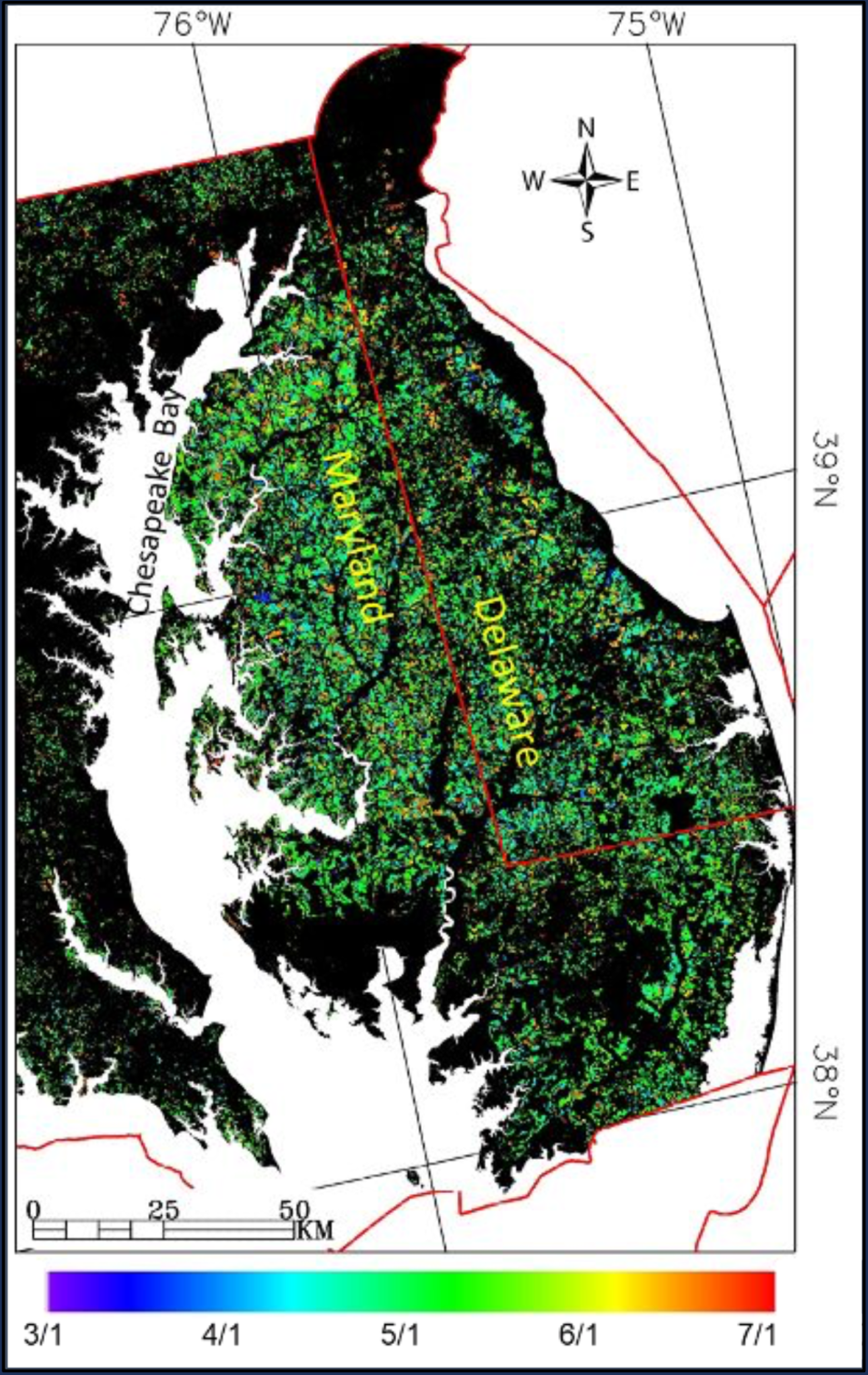Cover Crop Needs
Cover crops are essential to reduce soil erosion, increase soil fertility, and improve watershed management. Therefore, cost-share programs have been created to incentivise farmers to plant cover crops. To receive payments, the cover crops need to be terminated within a narrow time window, which is verified by field crews within two weeks of termination. But with 28,000 fields enrolled annually, these field-based verifications are costly and time-consuming.
SNWG’s Solution
The Harmonized Landsat and Sentinel-2 (HLS) dataset, provided by the Satellite Needs Working Group (SNWG), combined data from NASA and European Space Agency (ESA) missions to achieve data delivery at a two-day temporal resolution and 30-m spatial resolution.
The high temporal resolution of HLS has enabled the U.S. Department of Agriculture (USDA), the U.S. Geological Survey (USGS), and the Maryland Department of Agriculture to verify reported cover crop terminations from space. The HLS-based application detects 94% of farmer-reported terminations. Based on farmers’ reports and application performance, the USDA estimates that their time spent on verification in the field has been reduced by at least 50%.
